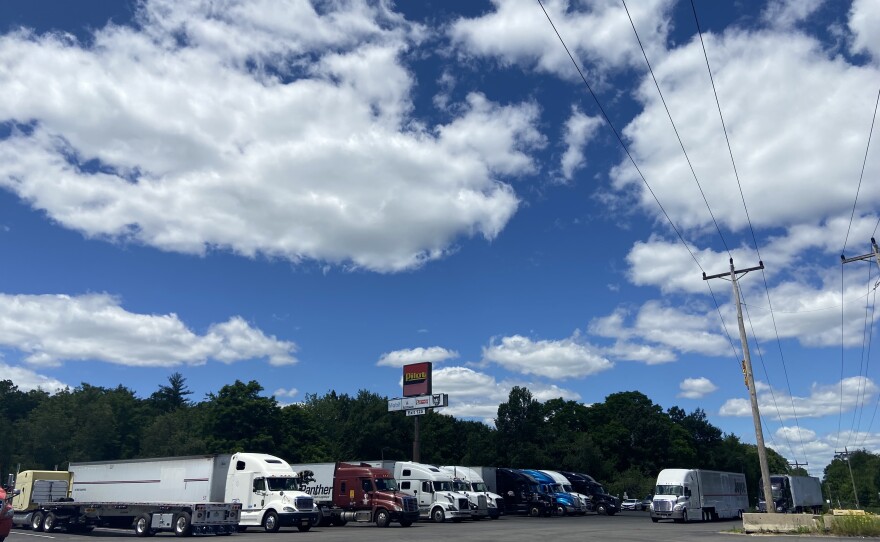There’s a reason your morning commute may be taking longer these days: Traffic in New Hampshire is bouncing back from the steep declines caused by the pandemic.
Traffic on state highways plummeted by 58% in the first two weeks of April 2020, according to data from the New Hampshire Department of Transportation. While the number of cars on the road has fluctuated since then, recent traffic levels are inching closer to those from before the pandemic.
A four-week average from the start of summer shows the number of travelers to New Hampshire highways is just below 2019 levels. There were 2,256,890 vehicles, on average, on the highway during that period this year, compared to 2,484,699 vehicles during the same period in 2019.
If many people decide to work from home permanently, traffic patterns in the Granite State will also change, Bill Lambert, state traffic engineer with the Department of Transportation, noted.
“People have found that they can be productive from other locations, other than a business office,” he said. “So I don’t know if we’ll ever get back to that commuting traffic volume that was pre-pandemic.”
With more sectors of the economy reopening, business is also picking up for truck drivers this year.
The number of commercial trucks on New Hampshire roads dipped by 4.5% in 2020, according to a traffic report from the New Hampshire Department of Transportation.
Angel Carmona, a truck driver for a commercial landscaping supply company, says he’s seen more trucks on the road and heard more voices on his CB radio in recent weeks. The economic boost is good news, he said, but it’s pushing drivers to their limits.
“We have too much to do,” he said, sitting in his 18-wheeler at the southbound rest stop on I-93 in Hooksett this week. “I think we need more drivers, more trucks on the road.”










